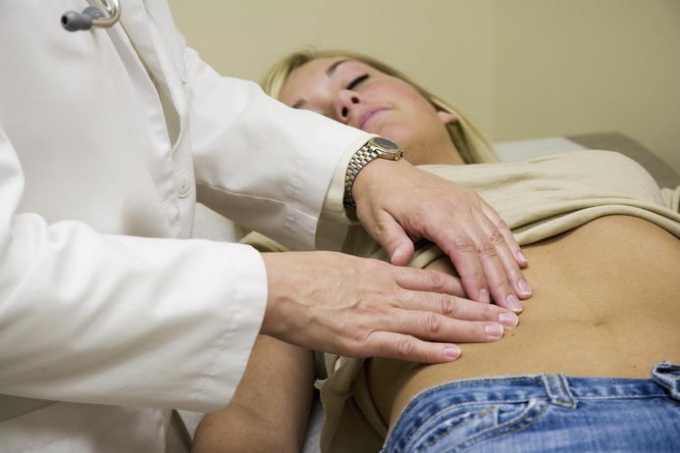Instruction
1
A follicular cyst appears as a result of hormonal failure or incomplete functioning of the ovaries. In every period of the menstrual cycle is the maturation of the ovarian follicle, which burst during ovulation. But, if for some reason ovulation does not occur, the follicle becomes a benign form, which in medicine called follicular cyst.
2
Causes of hormonal failure can be different: sleep disturbance, stress, irregular meals, lack of long time sexual activity, physical overload, poor quality of gynaecological intervention, for a variety of inflammatory processes of the reproductive system. There may be other reasons of hormonal imbalance, for example, dysfunction of the ovaries. Perhaps women have problems with endocrine glands.
3
The emergence of this disease, when the cyst reaches a large size, accompanied by unbearable pain in the abdomen, which is greatly enhanced after exercise. Pain increase during fast walking. They also appear during the menstrual cycle. The result is that ovulation does not occur, the second half of the menstrual may be accompanied by a rise in basal body temperature. Between full cycles can be observed bloody discharge. Often, in this disease, there is complete absence of the menstrual cycle.
4
As mentioned above, the cyst is due to the lack of ovulation. In most cases, pregnancy in this disease does not occur. There are cases when ovulation occurs in the second ovary. In this case, women can get pregnant, but such cases are rare. Therefore for conception is necessary to make the treatment of this disease.
5
In order to determine the disease or not, need to undergo a complete gynecological examination. In addition, to conduct hormonal analysis and ultrasound. If after investigating there is doubt about the diagnosis, it is recommended to carry out a diagnostic laparoscopy.
6
A follicular cyst does not always require treatment. In most cases, a small cyst, the size of which does not exceed 5 cm, disappear on their own before beginning the next cycle. If its size is large, which persist for two months or more, in this case therapy is required. Treatment involves a number of activities, including the use of hormonal drugs, anti-inflammatory therapy, physiotherapy and, if necessary, surgical intervention.
7
Conducting preventive measures, such as timely treatment of inflammatory processes, regular supervision at the gynecologist, healthy lifestyle, may prevent the formation of cysts.


